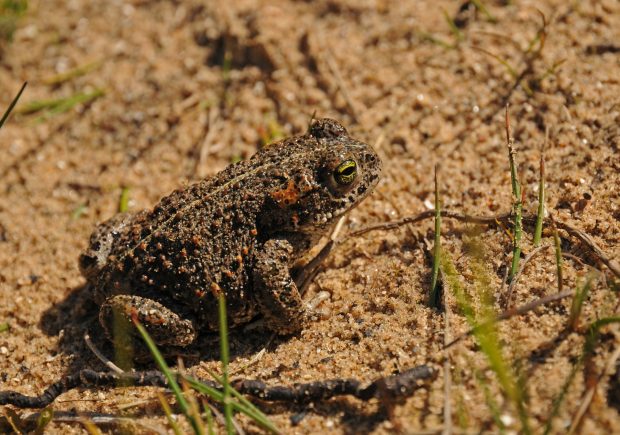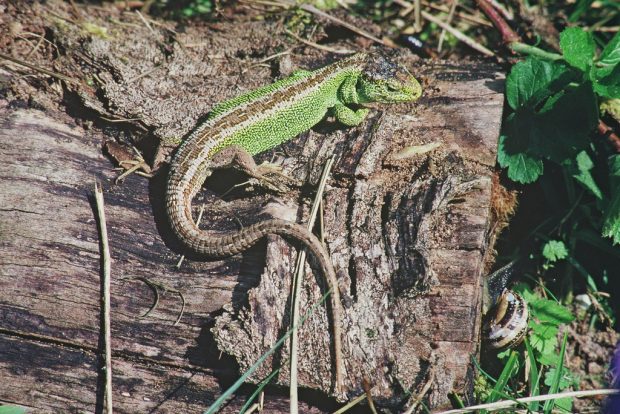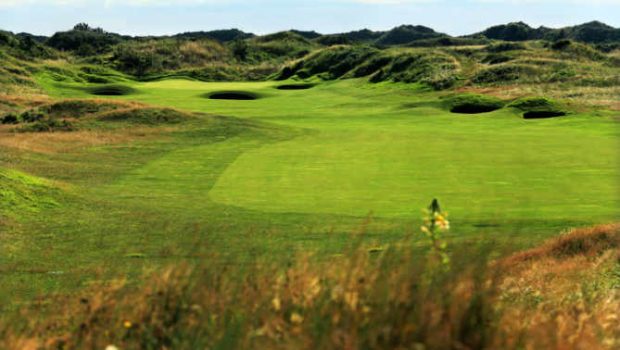Our lead adviser, Margaret Dickinson, looks at the challenges of staging large scale sporting events on protected sites.
Southport’s Royal Birkdale Golf Club, on the golden links of the North West coast, is known to golfers throughout the world. Voted the number one golf course in England, Royal Birkdale has held more Championship and International events since World War II than any other course in the world.
This year, Royal Birkdale hosts the 2017 Open and for weeks now, the site has been buzzing as grandstands, marquees and even a helipad have made an appearance in preparation for the event. Over the course of the Open, the club expects to welcome 150,000 visitors to one of the sport’s most renowned and challenging venues.

To Natural England, Royal Birkdale is also Unit 9 (of 31 units) of the Sefton Coast Site of Special Scientific Interest (SSSI). It is also a Special Area of Conservation (SAC) and much of the site is part of the Ribble and Alt Estuaries Ramsar Site. This means it is recognised internationally for its dune and wetland habitats; something the club is keen to make visitors aware of as they arrive in large numbers to watch the tournament.
Royal Birkdale is home to a range of dune habitats, including dune slacks, which support the rare natterjack toad. In fact, the Ramsar Site as a whole is home to 40% of the British population of these amphibians.

The site also supports sand lizards, one of the UK’s rarest reptiles and great crested newts. Together with the natterjack toad, all three are European protected species, which means that the animals, their eggs, breeding sites and resting places are protected by law. The rapidly encroaching scrub and coarse vegetation means that Unit 9 is in “Unfavourable-Recovering condition”, although the club is working hard with partners including Natural England to address this.

Given the fragile ecosystems it hosts, planning The Open on the Royal Birkdale takes months of hard work and cooperation. We worked closely with the Sport Turf Research Institute, as well as Fairhurst, who coordinated the operations on behalf of the Royal and Ancient Golf Club of St Andrews. Our role within this collaborative effort was to provide the necessary consent and associated Habitats Regulations Assessment () to enable the Open to take place.
The Open has given us a brilliant opportunity to see more scrub clearance and restoration of open sand, as the work necessary to accommodate visitor infrastructure – such as erecting marquees and walkways - meant that protecting the precious species that live here was brought centre stage. Careful siting of the Open’s temporary structures also means we are gaining for habitat improvement, so it’s a win-win situation.

The Open has also lead to more dialogue with the Royal and Ancient, which is supporting this year’s Sixth Form Challenge on the Sefton Coast. The 2017 theme ‘Golf Links’ asks students to consider what nature conservation, health and economic benefits golf brings to the coast. This type of collaboration with different partners and communities will raise awareness of the protection that special sites, such as Royal Birkdale, need today and in the future so that these events can happen. .
If you’re visiting the Open this year, why not take some time to appreciate what a special place for nature it is? Royal Birkdale is working hard to keep it that way.